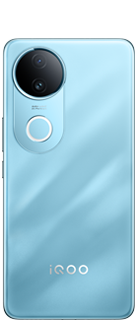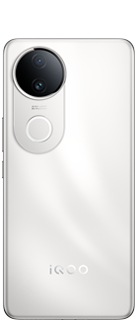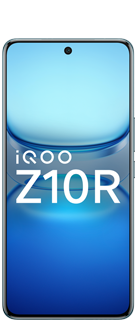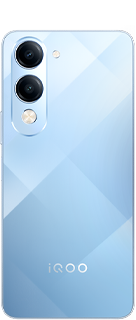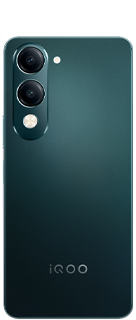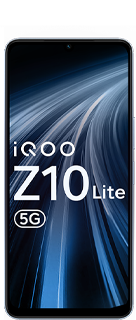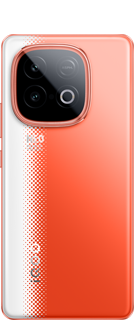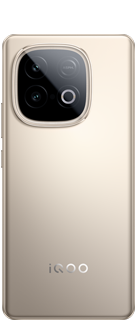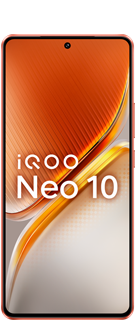The Curved Screen Trend in Mobile Phones
Introduction
Over the past few years, the mobile phone industry has witnessed a fascinating shift in design with the advent of curved screens. These displays, which gently slope along the edges, have generated significant interest among smartphone enthusiasts. As with any emerging technology, curved screens come with their own set of advantages and disadvantages. In this article, we'll delve into the pros and cons of curved screens in mobile phones.

1) Advantages of Curved Screens in Mobile Phones
a) Aesthetic Appeal
Curved screens undeniably offer a sleek and futuristic appearance to mobile phones. The gentle curvature adds a touch of elegance to the device, making it visually striking. Many users find this design appealing and view it as a sign of a premium smartphone.
b) Immersive Multimedia Experience
Curved screens provide a more immersive multimedia experience when watching videos or playing games. The curvature of the display helps to wrap the visuals around your field of vision, creating a sense of depth and immersion that can make your content more engaging and enjoyable.
c) Enhanced Gesture Controls
The curved edges of the screen can be leveraged for enhanced gesture controls. Manufacturers often include features that allow users to access shortcuts, notifications, and even launch apps with a swipe or tap on the curved edges. This not only looks impressive but also enhances the overall user experience.
d) Reduced Accidental Touches
Curved screens can help reduce accidental touches on the screen. By curving the edges of the display, it's less likely that the palm of your hand or fingers will inadvertently interact with the touchscreen, leading to fewer interruptions during use.
2) Disadvantages of Curved Screens in Mobile Phones
a) Durability and Vulnerability
One of the primary disadvantages of curved screens in mobile phones is their durability and vulnerability. The curved edges can be more prone to damage from accidental drops or impacts. Additionally, curved screens are more challenging and costly to repair or replace compared to flat displays.
b) Limited Functionality
While curved screens offer some gesture-based functionality, it can be limited in practice. Users may not find these features as practical or essential as they initially seem, leading to underutilization of the curved edges and potentially feeling gimmicky.
c) Increased Cost
Curved screens add to the manufacturing complexity and cost of a smartphone. As a result, devices with curved displays tend to be more expensive than their flat-screen counterparts. This higher cost can be a significant factor for budget-conscious consumers.
d) Limited Accessory Compatibility
The curved design of the screen can limit the compatibility of screen protectors and cases. Finding accessories that fit well with a curved-screen phone can be more challenging, which may affect your ability to protect and customize your device.

3) Conclusion
Curved screens in mobile phones have ushered in a new era of design and user experience. They offer an appealing aesthetic, immersive multimedia capabilities, and some innovative features. However, they also come with notable drawbacks, including concerns about durability, limited functionality, increased costs, and compatibility issues with accessories.
Ultimately, whether a curved-screen phone is the right choice for you depends on your personal preferences and priorities. If you value the aesthetics and immersive experience, a curved screen might be a great fit.
However, if you prioritize durability and cost-effectiveness, you may want to consider a device with a traditional flat screen. As technology evolves, it's likely that manufacturers will continue to refine curved-screen technology to address some of its current limitations.
FOLLOW @TechieGuyFOR MORE SUCH CONTENT ✌️✌️.
Please sign in
Login and share
